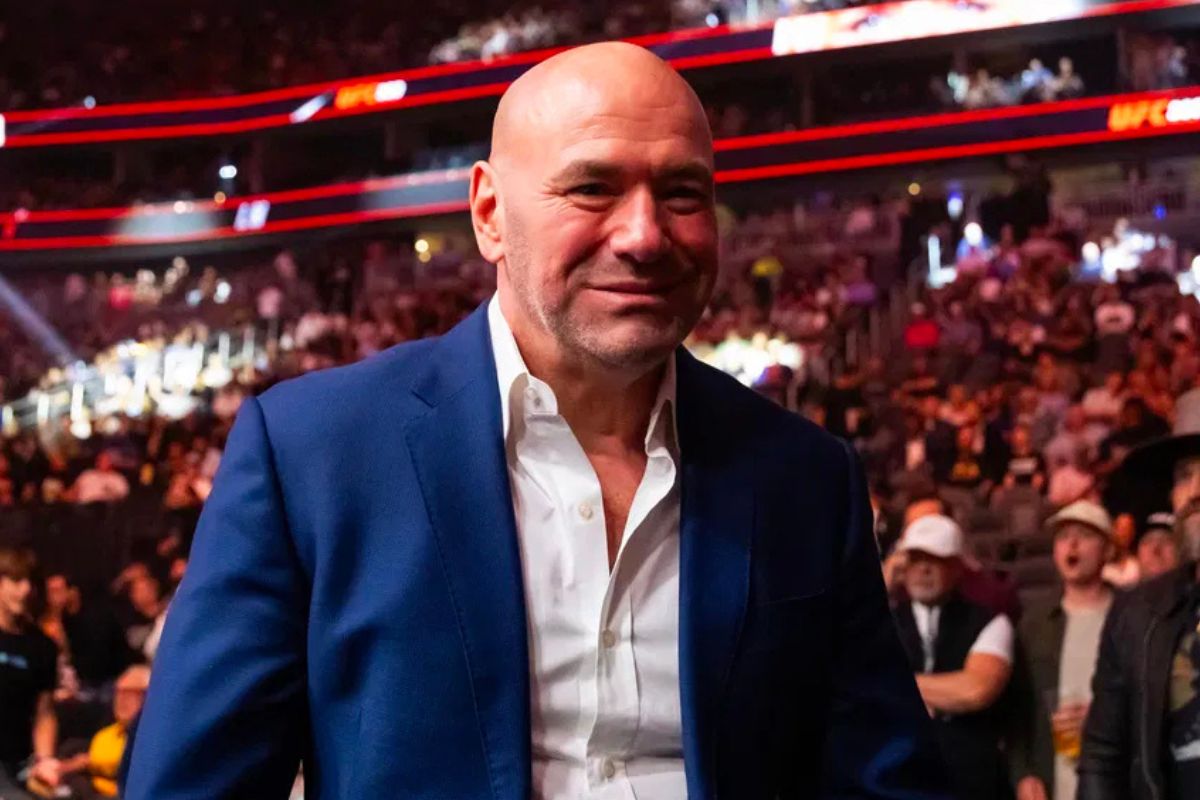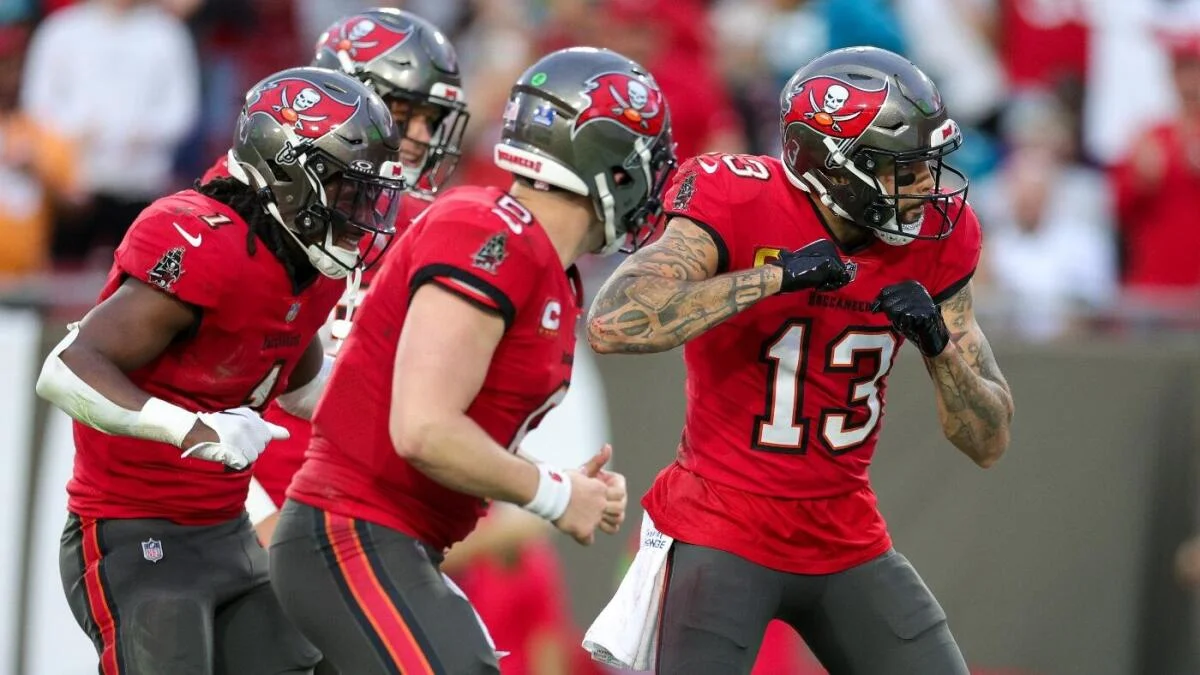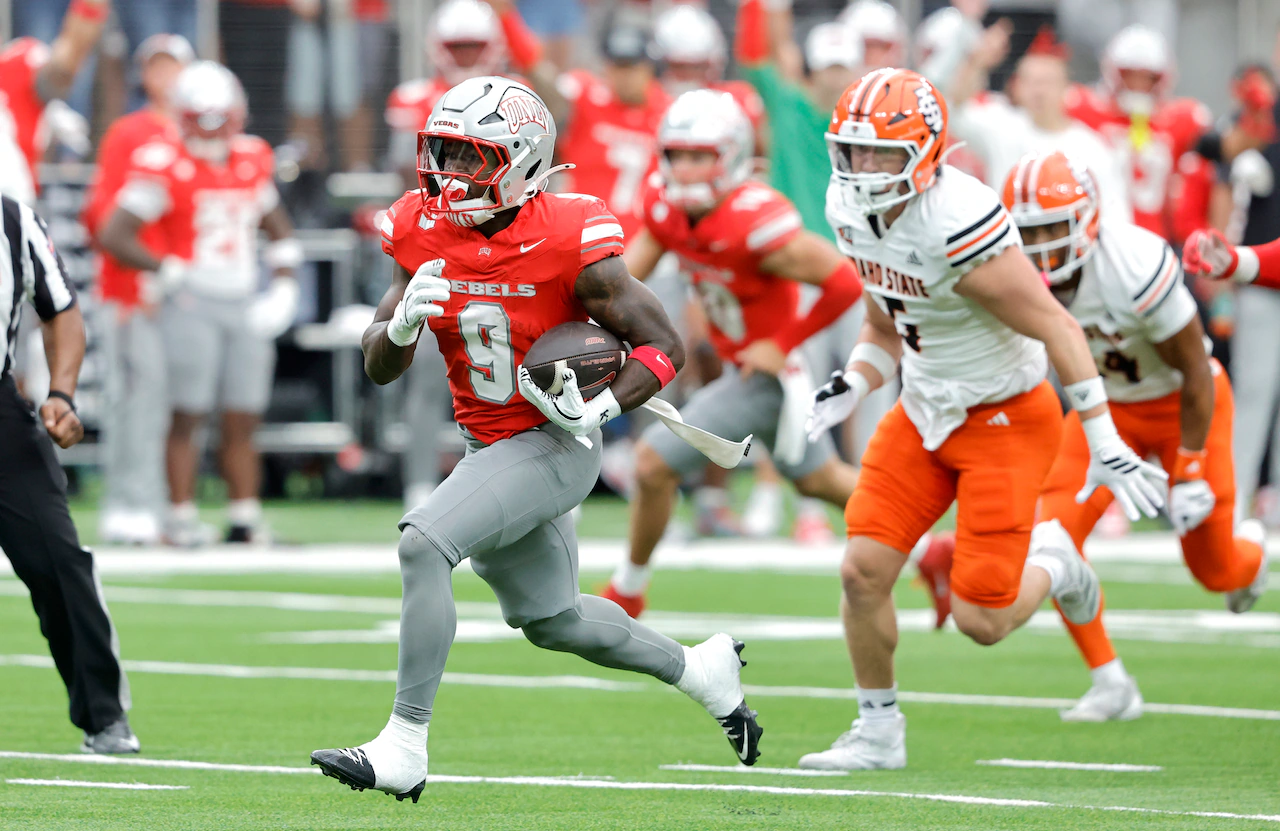
TKO, the parent company of the UFC, stole the show at the Goldman Sachs Communicopia & Technology conference, but not for a fight announcement. Instead, COO Mark Shapiro provided an insightful look into how the organization decides where to hold its Fight Night events.
Fans may believe that sold-out arenas ensure a return, but Shapiro warned that even record-breaking performances aren’t enough. Behind the scenes, financial discussions with towns secretly influence the UFC’s next move. But what exactly goes into these decisions, and how far will UFC go to secure favorable terms?
ADVERTISEMENT
Article continues below this ad
Intercity competition dictates it all for the UFC
Mark Shapiro pointed out that the Dana White-led promotion hosts approximately 30 Fight Night events every year. Despite being smaller than high-profile PPVs, these shows generate significant local interest and economic activity. The organization takes a strategic approach to venue selection, viewing cities as rivals in a marketplace rather than as fans waiting for the next card.
Shapiro used the example of St. Louis versus Des Moines, Iowa, to show the UFC’s leverage. Even if both locations have previously sold out events or set attendance records, this does not guarantee a future Fight Night. Instead, cities must provide additional financial incentives, such as site fees or subsidies, if they want to host the event again.
ADVERTISEMENT
Article continues below this ad
Shapiro highlighted how this system enables the UFC to maximize non-ticket revenue. TKO ensures that local governments, arenas, and tourism boards view hosting as a financial opportunity worth paying for. If the preferred location does not suit the organization’s requirements, the event can be moved to a rival city.
This strategy reflects a larger shift in the MMA promotion’s economic model. With the shift from traditional PPV revenue to subscription-based streaming deals such as the $7.7 billion Paramount+ contract, steady income from content distribution is more important than spikes from headline events. Maximizing venue incentives generates an extra revenue stream to add to streaming profits.
Read Top Stories First From EssentiallySports
Click here and check box next to EssentiallySports
Finally, Mark Shapiro’s words reflect an aggressive strategy: UFC Fight Nights aren’t just about fan demand or prior success; they’re a negotiating tool. Cities must compete to host them, and the promotion uses its influence to negotiate the best possible financial arrangements.
ADVERTISEMENT
Article continues below this ad
How UFC’s leveraging tactics shape the bigger picture
A concrete example of this approach is the UFC Fight Night in Des Moines, Iowa, in 2025. The Iowa Economic Development Authority Board granted a $50,000 sports tourism grant to help promote and market the event, ensuring its success and boosting local tourism.
ADVERTISEMENT
Article continues below this ad
The investment provided tangible economic benefits. Hotels, restaurants, and transportation businesses experienced increased business, and temporary employment was established to accommodate the influx of fans. While the UFC’s direct revenue comes from ticket sales and merchandise, the indirect economic impact makes city subsidies a reasonable financial decision.
Larger cities, such as St. Louis, may charge higher site fees due to their larger venues and more market potential. If a city fails to satisfy these financial conditions, the UFC will shift the event to a competing destination. This competitive bidding guarantees that even smaller Fight Night events are used to maximize revenue while also encouraging towns to view hosting as a significant economic opportunity.



